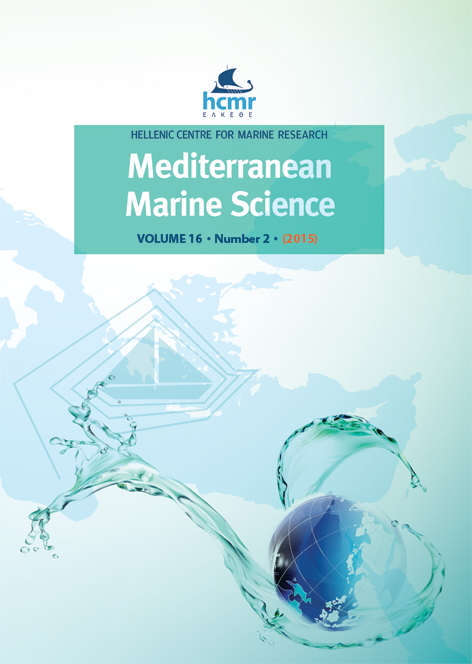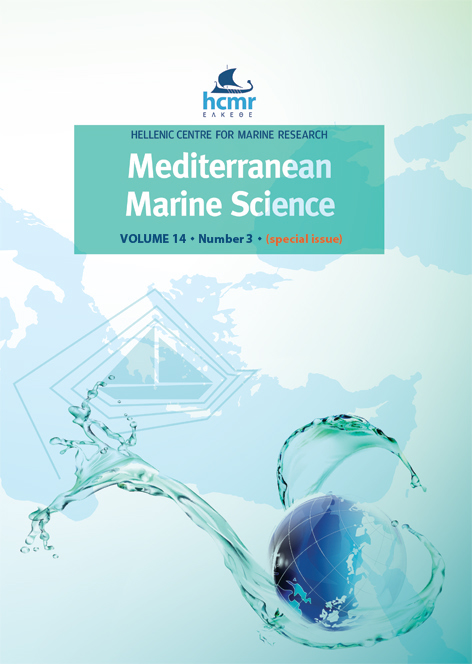How schlieren affects beam transmissometers and LISST-Deep: an example from the stratified Danube River delta, NW Black Sea
Περίληψη
The term ‘schlieren’ describes angular deflection of a light ray when it passes through a fluid region characterized by refractive index inhomogeneities. These inhomogeneities in the marine environment are generally caused by density variations, i.e. salinity and temperature anomalies. The influence of schlieren on transmissometers and the in situ particle sizer LISST-Deep of Sequoia Scientific are examined in the Danube delta during October 2007. A seasonal pycnocline driven mainly by an intense temperature gradient was identified as a major hydrological feature. It was associated with high buoyancy frequency values and minor changes of the refractive index of seawater. Measurements of two 25-cm path-length transmissometers (660 nm and 470 nm) showed distinguishable peaks at the pycnocline. LISST also uses a 5-cm transmissometer (670 nm), which proved to be very sensitive in both cases. This is mainly due to its very small acceptance angle, which enables enhanced light scattering outside the lens, thus increasing beam attenuation. Subsequently, LISST falsely predicts abundance of large particles within the pycnoclines. A buoyancy frequency N of 0.01 s-1 is the new proposed threshold for schlieren occurrence.
Λεπτομέρειες άρθρου
- Πώς να δημιουργήσετε Αναφορές
-
KARAGEORGIS, A., GEORGOPOULOS, D., GARDNER, W., MIKKELSEN, O., & VELAORAS, D. (2015). How schlieren affects beam transmissometers and LISST-Deep: an example from the stratified Danube River delta, NW Black Sea. Mediterranean Marine Science, 16(2), 366–372. https://doi.org/10.12681/mms.1116
- Τεύχος
- Τόμ. 16 Αρ. 2 (2015)
- Ενότητα
- Research Article
Authors who publish with this journal agree to the following terms:
- Authors retain copyright and grant the journal right of first publication with the work simultaneously licensed under a Creative Commons Attribution Non-Commercial License that allows others to share the work with an acknowledgement of the work's authorship and initial publication in this journal.
- Authors are able to enter into separate, additional contractual arrangements for the non-exclusive distribution of the journal's published version of the work (e.g. post it to an institutional repository or publish it in a book), with an acknowledgement of its initial publication in this journal.
- Authors are permitted and encouraged to post their work online (preferably in institutional repositories or on their website) prior to and during the submission process, as it can lead to productive exchanges, as well as earlier and greater citation of published work (See The Effect of Open Access).







